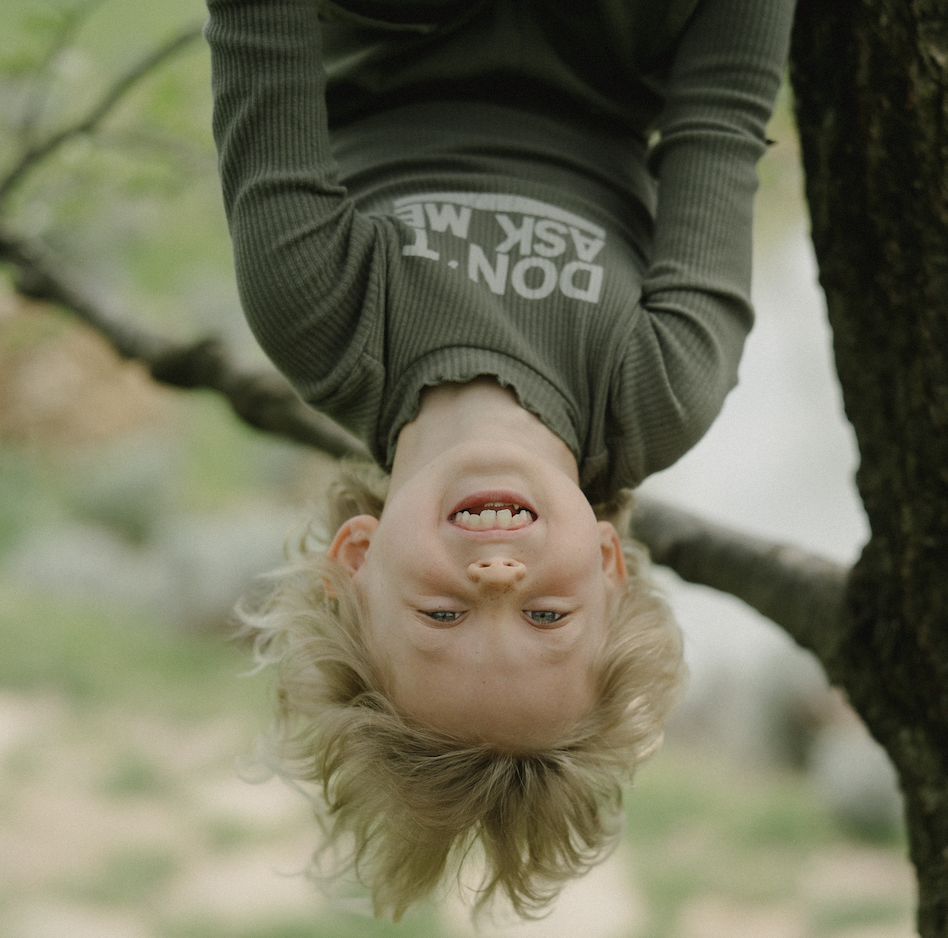SEL is a buzzword these days. Social. Emotional. Learning.
“SEL is the process through which all young people and adults acquire and apply the knowledge, skills, and attitudes to develop healthy identities, manage emotions and achieve personal and collective goals, feel and show empathy for others, establish and maintain supportive relationships, and make responsible and caring decisions.” – CASEL.org
In other words, without strong SEL skills, kids struggle with the basics of school: making friends and learning how to manage their bodies and their emotions. Without appropriate social-emotional capacity, behavior is challenging, which makes learning challenging.
But consider this connection:
Studies from 2013 and 2014 found kids are weaker and more sedentary than they have ever been: it takes them 90 seconds longer to run a mile than it took kids in the 1980s and their muscular strength declined 20% and endurance declined 30% over a 16 year period in the early 2000’s. And since those studies, we have had a pandemic where kids have become even more sedentary as demonstrated by the dramatic rise in overweight and obese children.
Obviously this is alarming because of the considerable health repercussions. But I would argue the problem runs much deeper.
- Children who are weak cannot use their bodies to learn.
- Children who do not use their bodies do not give their brains the information they need to learn and behave.
The old adage about moving to get the wiggles out rings with a bit of truth. We all know kids who move find stillness after they have been active.
When kids find stillness in their bodies, they find stillness in their brains.
And when they have stillness in their bodies and brains they can learn and behave.
- If kids are profoundly weak, then shouldn’t we wonder why kids are struggling with their social and emotional learning today?
- Shouldn’t we wonder if we are asking them to sit too much?
- Shouldn’t we consider that kids are already too still?
- Shouldn’t we consider that they do not need more stillness?
Let’s be honest. Kids need to move. Study after study proves this. When they move they build strength in their bodies to learn. They give their brains adequate information on how to operate in a classroom and how to be a good friend. They build their SEL skills.
So when it is time to sit still and learn, they can.
At Pivot to Play™ we focus on 18 strengths and skills that give kids the tools they need to learn and behave. Check out what happens when only 3 of these strengths and skills aren’t as strong as they could be.

Learn more here:
- The Vestibular System
- The Proprioceptive System
- Core Strength
- Get your FREE handout on Vestibular, Proprioceptive and Core strengths and what you can do to spot weaknesses and build strengths. It is never too late!
- Get your FREE Body Awareness Training and start your journey to Outsmart the Wiggles
